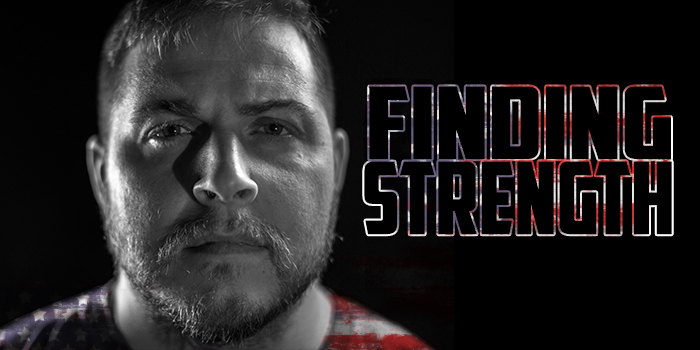
The reason I started this project, Finding Strength, was because I wanted to be able to connect people with some of the amazing gyms and athletes around the country that offer a place for people to train for strongman. I’ve covered a lot of territory, and still have so much on the horizon, but I think one of the biggest things I’ve missed over the past year relates to a question I’ve been getting often:
"How do I get into strongman?"
I realize that just knowing where a gym is may not be enough for a lot of people. Most people are intimidated by the level of competition they may see on social media, by the implements themselves, or many other factors that I haven’t even considered, so I want to try to answer that question to the best of my abilities by going over a few factors that I think may be keeping people from dipping their toes in the water.
Strength Levels
If you’re a fan of strength training by any name, whether it’s strongman, powerlifting, weightlifting, etc., you probably follow athletes on social media, and you probably see some of the stronger people in the sport lifting some heavy ass weights. That in and of itself can be intimidating. One of the biggest things that can be intimidating in strongman is that, unlike powerlifting or weightlifting, the weights are usually predetermined. With powerlifting, at the lowest levels, you’re searching for PRs and basically “competing against yourself."
However, with strongman, in competition anyway, you don’t get to pick your openers usually. When you do, there is a minimum. For instance, in a max log event for a national level heavyweight male, a minimum opener might be 280 pounds. Even a lot of the implements, at the bare minimum, can have weights that are intimidating to a lot of people.
RECENT: Finding Strength — Gleason Performance Training
My best advice? Keep doing what you’re doing and don’t worry about it. I’m assuming that if you’re reading this, you’re already training, and already have established a base level of strength. Keep getting stronger in the basic movements like the squat, deadlift, bench and overhead. Add some conditioning, move around, and do box jumps, because at the end of the day, being a good athlete will cross over to being a good strongman more than being the strongest on the field. Learning the implements is a skill in and of itself, which leads me to my next point.
Finding A Gym
This has been the center of my project for the last year: giving people access to great gyms that offer strongman training. When I got into strongman almost a decade ago, the idea of strongman gym was a pipedream. We were in garages, using homemade equipment, and battling the elements. Now, you can go inside and do yoke runs on turf, buy almost any piece of strongman equipment from elitefts and have it shipped to your house, and have a skilled coach whose passion is strongman, helping you along the way.
So how do you find a good strongman gym? You can search through episodes of Finding Strength and visit any of those gyms, since each one is a gym I give my own personal seal of approval on. You can email me, ask me on elitefts.com, or visit StartingStrongman.com, a website with a database of thousands of gyms all across the country.
The biggest things you want to look for when visiting these gyms is if they have the equipment you need, if there are athletes there that are continuously getting better, and if they have a strong sense of community. A huge portion of strongman revolves around the community. It is relatively a new sport in the sense that it is slowly becoming more standardized with equipment, training methodologies, techniques, and competition. Being able to learn from a pool of experienced, seasoned athletes will help you to propel yourself forward in your endeavor.
Programming for Strongman
I could sit here and write for days on how to effectively program for strongman, and I plan to delve into that in the future. But for now, let’s keep things simple. Most competitions will usually have five events from the same main categories. What can you expect to find at a strongman competition? Most will be set up like this:
- Overhead Event — Either a max, a medley, or as many reps as possible with a given weight in a given time.
- Deadlift Event — Same as the overhead, but there are many more varieties of implements and heights for deadlifting in strongman.
- Moving Event — Usually either farmers or yoke, sometimes both. Sometimes a drag of some sort like a chain, sled, etc.
- Medley Event — Much like the moving event, but often several implements will be moved over a given distance.
- Loading Event — This is usually an atlas stone, but it can be anything from a keg, to a field stone, to an engine block.
However, you don’t need to dive right into implement training right off the bat. A big foundation in a lot of the programming I do for myself, and for others, is based off barbell movements, with implement training and focus as you get closer to a competition, since no two competitions are the same.
I like to break my training up into several blocks when training for a competition.
Block One — Accumulation (Weeks 1-4)
In this block, I’m going to do a pretty linear program, working on a lot of volume in squats, deadlifts, bench press, and overhead press. I will use percentages of my training maxes but also focus a lot on accessory work and conditioning. This is important because, when it comes to strongman, you need to be able to handle a lot of volume. You may have five events that are all one minute long of all-out work.
Block Two — Strength (Weeks 5-8)
In this block, I’m going to increase intensity and lower volume on main lifts and still work in a lot of accessories. Conditioning will be kept in, but much more focused on the level of conditioning that will be required for an upcoming contest.
Block Three — Strength and Implement Familiarity (Weeks 9-12)
During this block, I’m still focusing on strength, but now I’m starting to take out some of the barbell movements and replacing them with strongman implements. For instance, instead of military press with a barbell, I may do log clean and press. Instead of a deadlift from the floor, I may start implementing 18” deadlifts. Again, this is all depending on the upcoming competition. Conditioning still stays in.
Block Four — Implement Strength (Weeks 13-16)
This is where the rubber meets the road. If it is a heavy, static strongman competition. I will split it up into two heavy days, two dynamic days, and give myself at least a week to deload before the competition. If it is a lighter competition with more reps and moving events, I’ll train at a higher pace throughout the week at a pretty high intensity, also allowing myself a recovery week before the competition. But in either case, I’m going to have my hands on implements a lot.
Putting It All Together
Like anything else in life, if you want to get good at something, the first step is to start. I know it can seem intimidating at first, and believe me, it intimidated the hell out of me when I first started. But I promise you, once you start, you’ll be introduced to a community and sport that will stick with you forever. Find a great gym, don’t be intimidated by the largest people in the room (they’re usually the most helpful), and do yourself a favor and find a coach. Learning the implements isn’t difficult, but becoming proficient at them will make all the difference in the world, and having someone knowledgeable in your corner will make all the difference. And last, but not least, if you have any questions or need any help, please don’t hesitate to ask me. This is my passion, and I would love to get you pointed in the right direction.










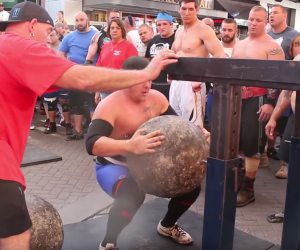

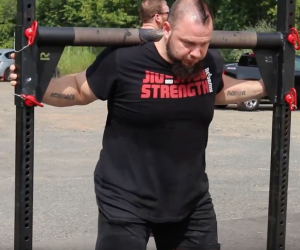
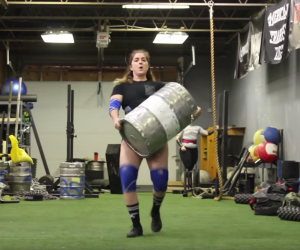
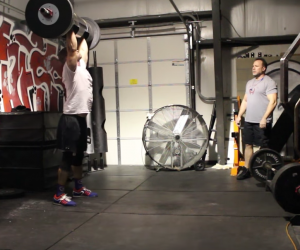
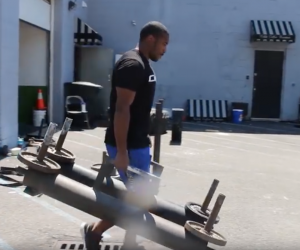
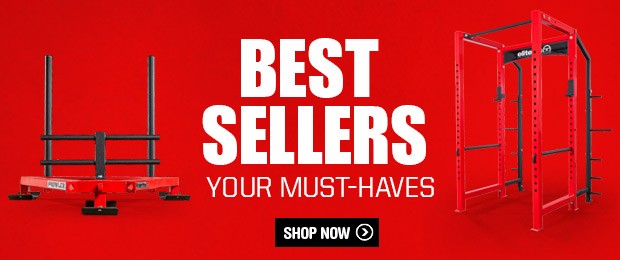
3 Comments